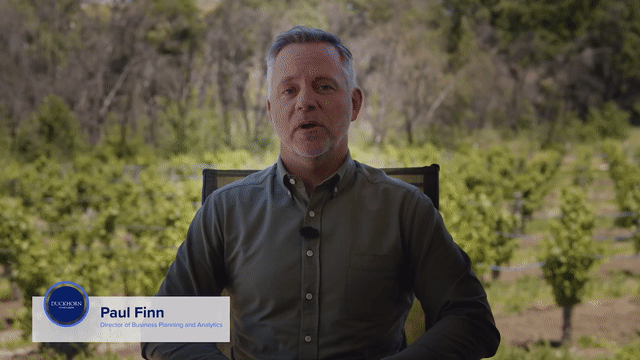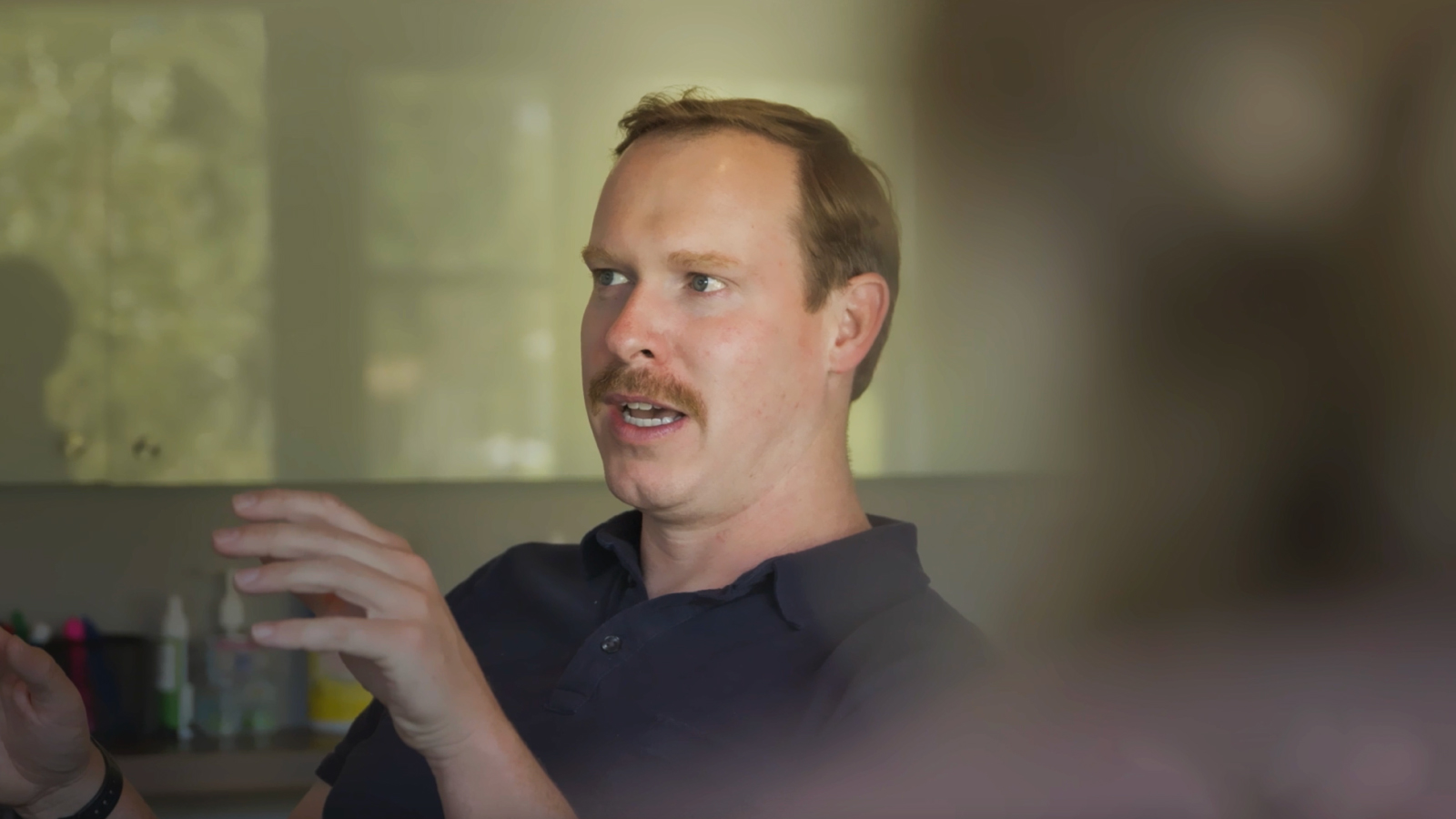Humans have made wine for thousands of years, but vintners today face 21st-century challenges like any business, including intense competition, unforeseen disruptive events, and evolving paths to reach customers.
When The Duckhorn Portfolio had its initial public offering in 2021 (NYSE: NAPA), all of those factors were at play, and the company needed to explain that to investors. Paul Finn, Duckhorn’s Director of Business Planning and Analytics, remembers preparing for the IPO. “We needed a robust P&L, and wanted to manage our data in a dynamic way,” he recalls. “We chose Anaplan in 2019, and I'm very proud of how we leveraged it to go public. Using information we had in Anaplan, we were able to talk to Wall Street about the dynamics of our business and our differentiators.”
Connected Planning leads to confident decisions
The IPO was just one stage in Duckhorn’s Anaplan journey. With a dynamic P&L and connected historical financials as a foundation, the company added demand planning, sales planning, operational planning, CapEx planning, Cost of Goods Sold (COGS) planning, supply planning, and more to the Anaplan blend. The team also plans to build a three-statement model (income statement, balance sheet, and cash flow). “Because we bring that all together on one platform, we can predict the future in a much more dynamic and accurate way,” Finn says.
Data sources include Microsoft Dynamics NAV Enterprise Resource Planning (ERP) and several wine industry–specific applications. Most data is aggregated in Microsoft SQL Server then moved into Anaplan via CloudWorks. (For Duckhorn wisdom on data integration and technology concerns, see “Learning from growth,” below.)
Finn highlights the ability to “dimensionalize” Duckhorn’s data using Anaplan. That means planning for Duckhorn’s 10 brands (and counting) and multiple business units on one platform, retaining the ability to drill down to one brand or label, while simultaneously rolling data up to the corporate level. “We simply couldn't process as much data with our old systems as we do now with Anaplan,” Finn says, “We spend much less time scrutinizing and validating data, and we share information in real time with colleagues anywhere because Anaplan is a cloud application.”
The company has assembled a crew of talented in-house model-builders to cultivate its Anaplan environment, partnering with Twelve Consulting Group for best practices and guidance. “TwelveCG brings broad CPG expertise to a business like ours, and they've taken the time to understand what’s unique about the wine industry,” Finn says.
"The Duckhorn Portfolio exemplifies the perfect blend of enablement and innovation in their partnership with Anaplan and Twelve Consulting Group,” says Pete Amundson, Head of Growth at TwelveCG. “Their commitment to harnessing Anaplan's transformative capabilities across the business turns their plans into actionable insights."
Small decisions flow up to leadership
Anaplan solutions deliver value throughout Duckhorn. “Using Anaplan saves us immense amounts of time and improves our accuracy and insight,” Finn says. “We're getting better at how we do business because we work with better information.”
One example is COGS-driven gross margin. “In agriculture, we’re at the whims of nature, and sometimes we’re thrown a curveball like a wildfire,” Finn says. “So we gather yield information direct from vineyards into our COGS model in Anaplan to quickly calculate gross profit and margin.” (Learn more about Duckhorn’s grape planning in “Where artistry meets analysis,” below.) The company also uses Anaplan to plan bottle purchasing (prices rose 20% in 2022 alone) and to ensure that its most loyal customers get sought-after wines. (See how in “Cultivating long-term loyalty,” below).
“Some tasks or analyses we do in Anaplan may seem small or mundane, but they’re impactful for certain individuals,” Finn says. “Small decisions roll up and drive management choices that ripple across the organization. And ultimately, it all flows up to the C-Suite, where leaders make big decisions and answer to Wall Street.” Those big decisions include mergers and acquisitions that bolster Duckhorn’s growth. “We've taken on more M&A opportunities lately, and used Anaplan to understand how they will affect the business,” Finn notes. “By leveraging Anaplan, we’re able to get one source of truth and we can collaborate in real time and make meaningful decisions about our business.”
Connecting more than plans
The Duckhorn Portfolio is proud of its employee-centric culture — the company sometimes refers to its people as a “flock” — and Connected Planning complements that ethos. “One thing I really like about Anaplan is the relationships that it helps me create as we grow and evolve,” Finn says. “Using the same information on a cutting-edge platform builds trust. And when we trust each other, we build strong relationships, make good decisions together, and have fun along the way.”







